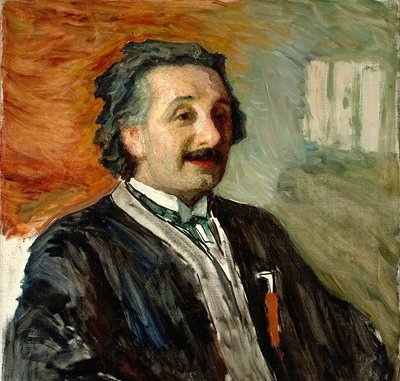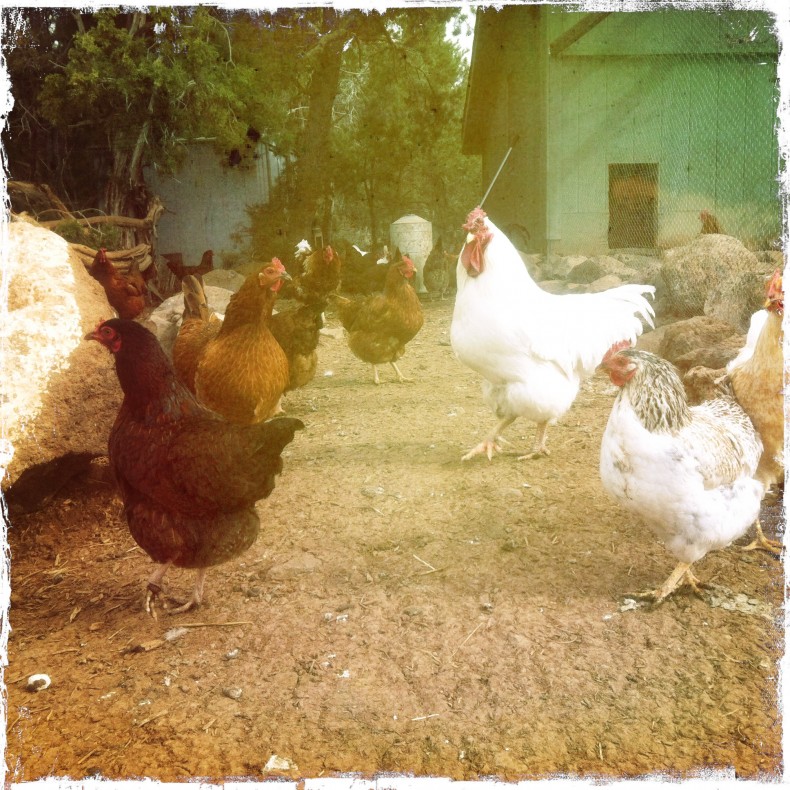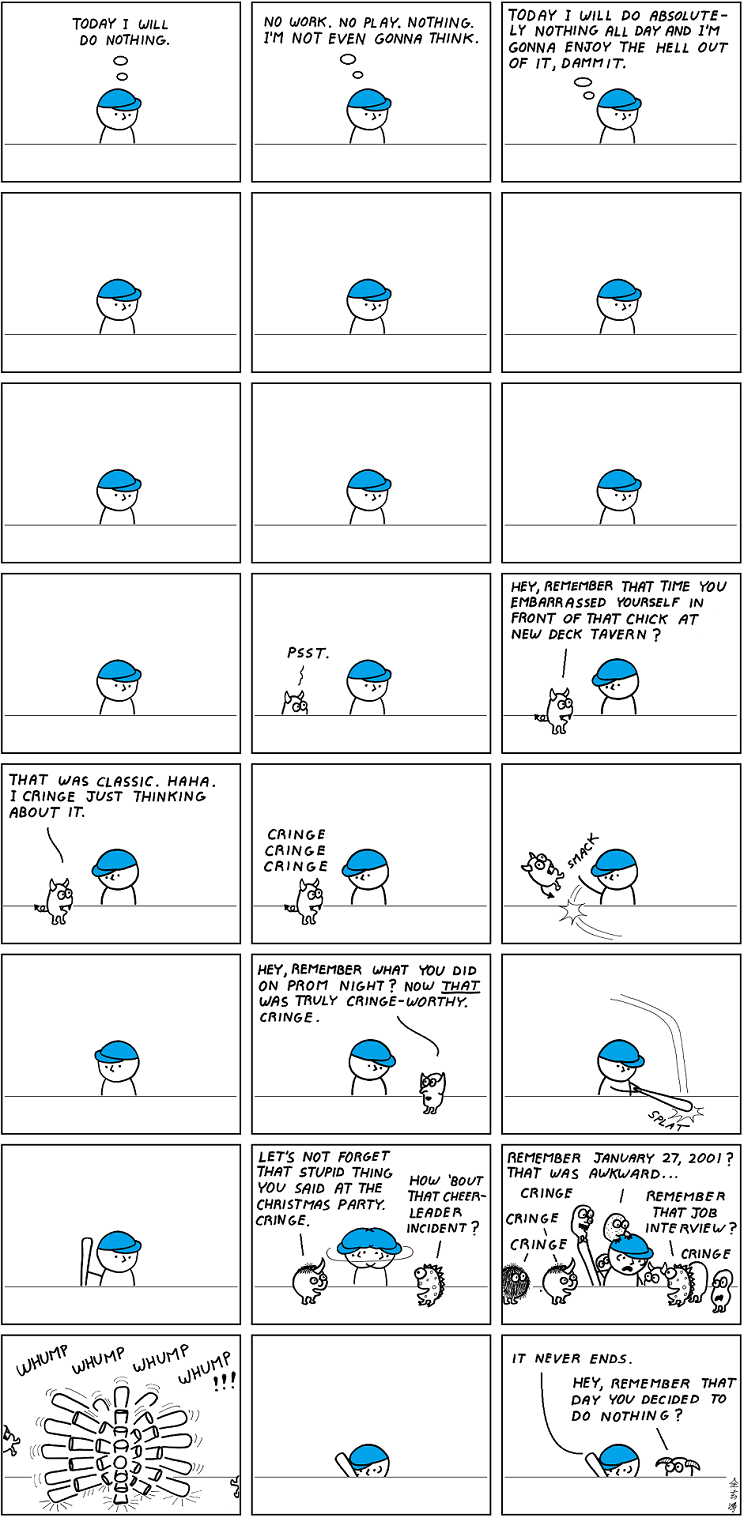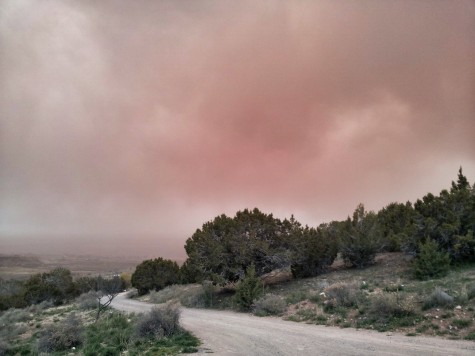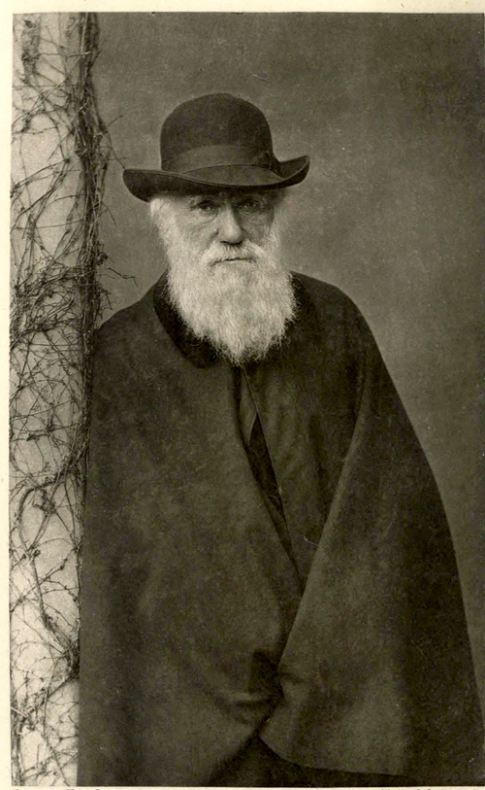Ed. note: this was the first in a long and distinguished line of posts about, ahem, well, you’ll see. It was published June 22, 2012. Some things are better the second time.
Today I have the honor of kicking off a new series on LWON, a series all about . . . (wait for it) . . . penises! Are you excited? I know I am.
There’s only so much penis talk one can tolerate, of course, so this will be an occasional column. Don’t expect to get a penis every Friday, because you won’t. And I don’t want to hear any bellyaching. Without further ado, welcome to the first installment of Thank God It’s Penis Friday (TGIPF).
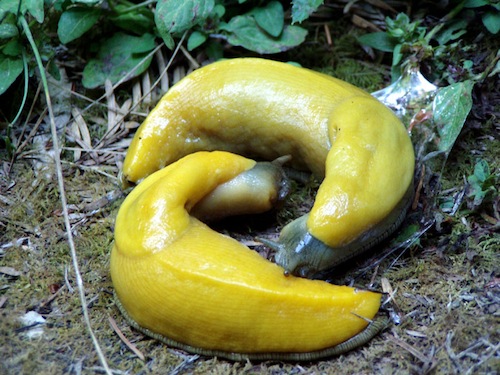
In the early 1900s, Harold Heath, a zoology professor at Stanford University, noticed something odd about the banana slugs his students were dissecting. Some of them lacked a penis. Others had stumpy penises that seemed “abnormally underdeveloped.” Banana slugs, like earthworms, are hermaphrodites, so every sexually mature adult should have had one. Yet some — about five percent — didn’t. How odd.
The penis of a full-grown banana slug is hard to miss. First, it’s enormous. Banana slugs grow to be 6 to 8 inches, and the slug’s erect penis can be the same length. These slugs are so well known for their massive genitals that one species, Ariolimax dolichophallus, carries a name that literally means long penis (dolichophallus). Here’s another fun fact. A banana slug’s penis emerges from its genital pore, which is on its head. (I’m not going to make a joke about dickheads here because I am not a fan of lowbrow humor).
Perhaps, Heath speculated, the slugs’ penises had been “cast off” and the stumpy bits he and his students observed were the first stages of penis regeneration. Heath wasn’t the first one to notice that some banana slugs were penisless, but he was hellbent to figure out why. He collected about 200 slugs and brought them to the lab. On a couple of occasions, the slugs seemed frisky, but “evidently complete union never took place since no young were produced,” he wrote. So he took to the field to observe slug love firsthand. (Warning: This post contains a photo of a slug penis. Proceed at your own risk.) Continue reading →
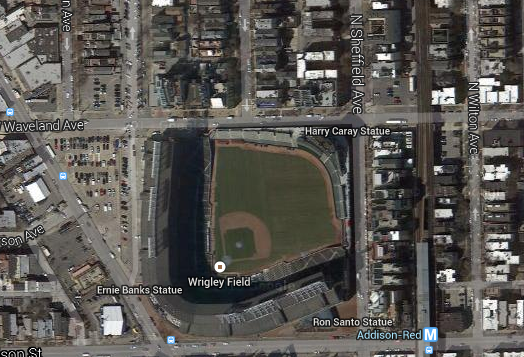 I dream of Wrigley. All the time. More and more often. I grew up in Chicago and went to games at Wrigley Field all season long, season after season, and even though I left Chicago 30 years ago, Wrigley Field has never left me. The one-hundredth anniversary of the opening of Wrigley Field last month got me wondering why.
I dream of Wrigley. All the time. More and more often. I grew up in Chicago and went to games at Wrigley Field all season long, season after season, and even though I left Chicago 30 years ago, Wrigley Field has never left me. The one-hundredth anniversary of the opening of Wrigley Field last month got me wondering why.